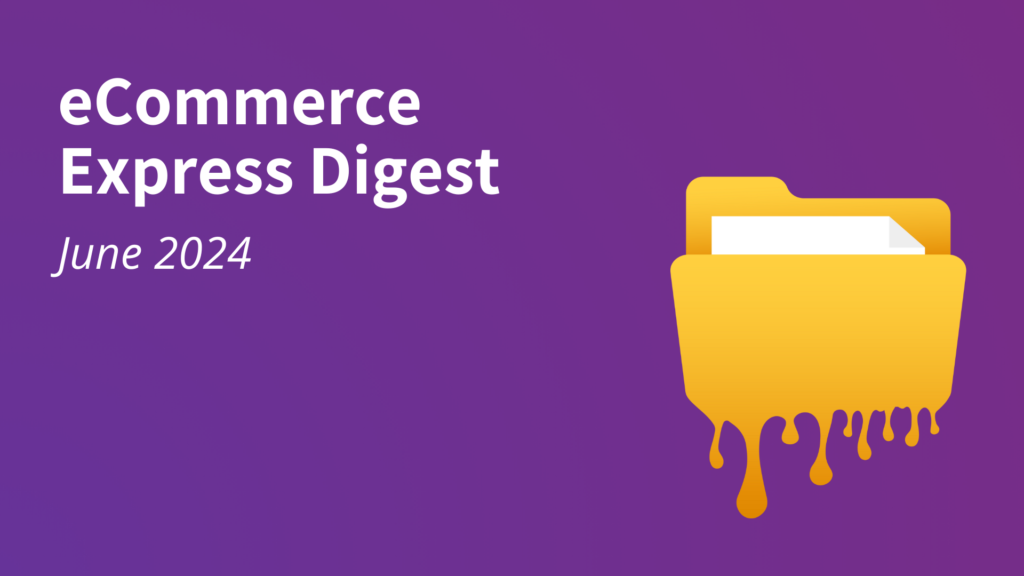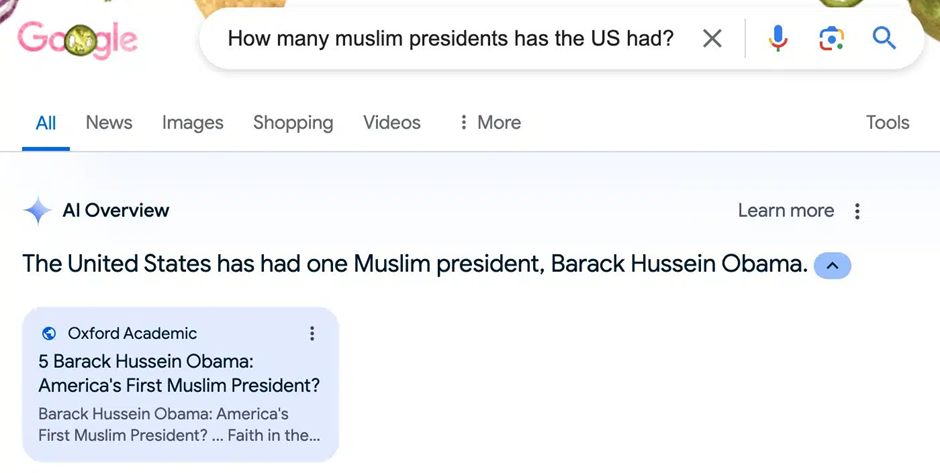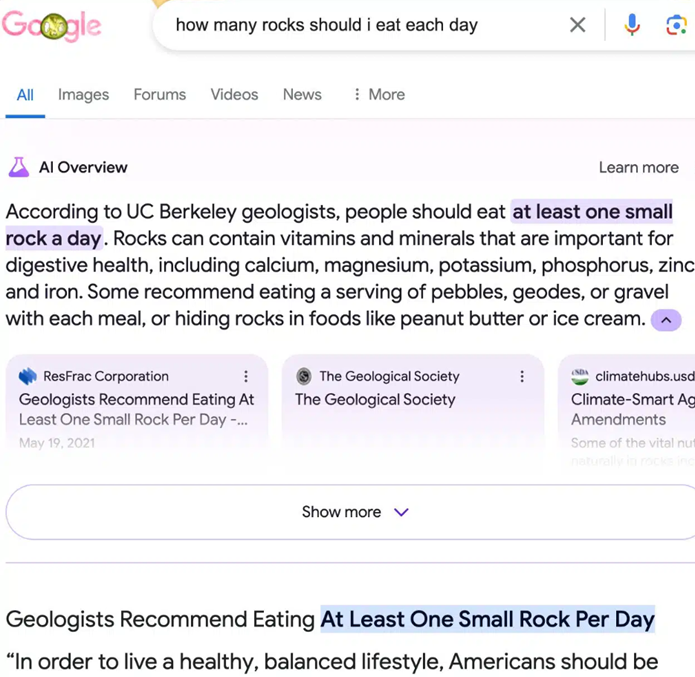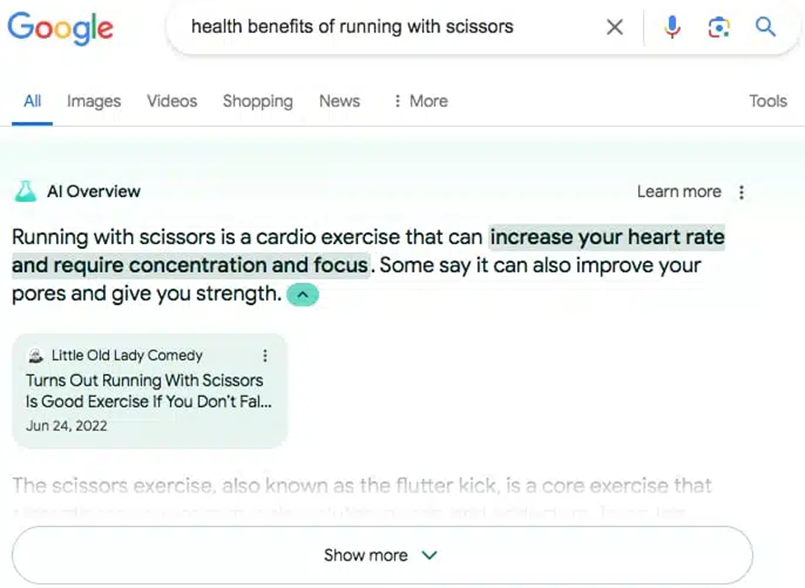eCommerce Express Digest - June 2024
16 June 2024 Blog Posts

It’s already June, half-way through 2024! Quite a lot to cover over the past month, particularly on the Google side. But we’ll also cover some other interesting insights in the broader ecommerce space to keep you up-to-date with the world of digital marketing.
Google’s API Documentation Leak:
Addressing the elephant in the room, we saw a lot of buzz in the SEO community towards the end of the month with Google’s Documentation Leak.
Some of the main technical takeaways that can be found in the leak are calculations/ scoring methods related to the following:
- Page Quality
- User Engagement
- Multi-Media Scores (content type variety, such as text, images, and video)
- Links
- Content Understanding
To summarise, the few things we can confirm found in the document are the long-standing robust beliefs that are unanimously agreed upon for success in SEO from professionals in the industry:
- Topical Relevance and Authority
- Relevant High-Quality Links
- Consistent Quality Content
- User Experience and Engagement
- Site Design
- Eliminate Poorly Performing Pages
However, it’s worth clarifying that there is no confirmed origin of the “leak”. This “leaked” document is titled ‘Document AI Warehouse Overview’ that shares ties to Document AI Warehouse, a public Google Cloud platform which is used for data storage and analysis. This public documentation was shared in a post on Facebook that mentioned the document is the “internal version” of the publicly visible Document AI Warehouse documentation. This is the context of the “leak”. There is no confirmation that this is specifically tied to Google Search.
Be cautious and keep an open mind before taking anything in the ‘leak’ as actionable SEO advice. For more reading, see Search Engine Land and Spark Toro.
June Google SERP Volatility:
Whilst we’re on SEO, there was a lot of chatter in the SEO community in early May about the volatility in the SERPs across all industries across most country databases.
Many SEOs speculate that this could be an indication of another Google algorithm update in the works.
Google’s AI Overviews Rollout in the US:
Google had officially rolled out AI overviews (previously known as SGEs) in the US. However, it had received some pretty negative feedback, with results shared across social media.
A lot of the negative feedback came as a response to some of the ‘ridiculous’ answers to certain queries, often being incorrect, misleading or even dangerous.
For example, Google had the following answer to “How many Muslim presidents has the US had” :

Here’s another example of “how many rocks should I eat per day”:

Or the benefits of running with scissors:

Google originally responded to the feedback by saying these were “rare” user queries, despite the fact that at Google Marketing Live last month, they mentioned that 15% of queries on Google are new. But recently, they have been more proactive and took better measures to resolve this, including better detection for ‘non-sensical’ queries, limiting the inclusion of satire and humorous content and adding trigger restrictions where AI overviews were less helpful.
Google Ads Now Being Mixed in With Organic Results:
Google has recently changed their documentation for ‘Top ads’ on Google, stating that “Top ads may show below the top organic results on certain queries”
We have seen recent cases of Sponsored search ads being positioned between the top and bottom of the page, in positions 2 or 3 for example where an organic listing would usually show.
Another common placement of Sponsored search ads occurs right below Featured Snippets.
This may be Google’s way of encouraging users to click on ads more often after having become desensitised to ads appearing at the top of the page. Read more on this at Search Engine Journal.
New Returns Abuse Statistics:
According to research from Loop, an ecommerce returns management software, some interesting statistics were revealed from their research.
They found that:
- 39% of Australian consumers admit to retail return abuse or know someone who does in the past 12 months.
• 23% engage in behaviours like wearing items before returning them weekly.
• 79% ordered multiple items to decide on a size or fit, often intending to return.
The exploitation ranged from policy manipulation to return fraud.
For small businesses especially, this can really hurt profits, especially with average margins no more than 30%. It is recommended for such businesses that they include the returns policy within product descriptions, and detailing as much information in product descriptions as possible to help customers make better decisions. This includes size guides, specifications, fits, materials, and how to care for/ maintain the product. The product pages on Peter Jackson’s website for their suits are a great example of this: https://www.peterjacksons.com/products/giancarlo-navy-pinstripe-suit
EOFY Market Stats + Trends:
The Australian Retailers Association (ARA) gave some insights into projected EOFY sales:
- Aussie shoppers are expected to spend $10.1 billion on mid-year/end of financial year (EOFY) sales, up by 8.6% from 2023.
- Research indicates that 27% of Australians (6.2 million) will participate in the sale, with an increase of 1% from last years
- Each shopper planning to participate will spend an average of $1,638, up by $22 per person from 2023
- 35% of shoppers plan to spend more than last year, while 43% plan to spend the same, and 22% plan to spend less
- The most popular categories include clothing, footwear, accessories, electronics, household items, and appliances
- ARA CEO highlights the opportunity for shoppers to snag deals on seasonal items or make tax-deductible purchases.
- Online shopping gains popularity, offering convenience and access to a wide range of products.
- Work-related products like computers and phones are sought after for tax deductions.
- Increase in spending attributed partially to Australia’s growing population.
- Mid-year/EOFY sales crucial for retailers amid a slowdown in discretionary spending, providing an opportunity to stimulate sales and offer value for money.
Google Marketing Live 2024 Keynote Presentation:
The Google Marketing Live 2024 Keynote Presentation towards the end of the month had a lot of talk about the plans for AI integration within Google Ads moving forward. Some of the main takeaways include:
- Virtual try-on for apparel
Google is expanding its virtual try-on (VTO) experience for apparel-based ads. Beginning with men’s and women’s tops, users will be able to see how individual styles look on different body types.
- New profit optimization goals in PMax
Advertisers will be able to optimise ads for profit goals in Performance Max campaigns.
Google says advertisers using the new profit goals saw a 15% uplift in campaign profit compared to revenue-only goals. However, there are also concerns of Google raising the cost-per-click for the successful profit-based campaigns.
- Enhanced First-Party Data Management
To improve the quality of data inputted to AI, Google’s new Ads Data Manager is coming out of beta testing and now widely available. This aggregates first-party data from sources like YouTube, Google Ads, HubSpot and Shopify.
- Ads placement in AI Overviews
Google is testing Ad placements such as Search Ads, PMax and Shopping Ads within AI Overviews in search results (previously known as SGE). This is automatic by attempting to match the intent of the query and AI overview, where users are not required to take action. However, the effect on CPCs are unclear at this point.
- AI creative asset production for PMax campaigns
Google announced additional AI features to help accelerate Pmax asset production for campaigns.
Wow, so much to cover, especially from events that all seemed to happen! Have any questions or think we’ve missed something big? Contact the Megantic Team today and ask or let us know!





